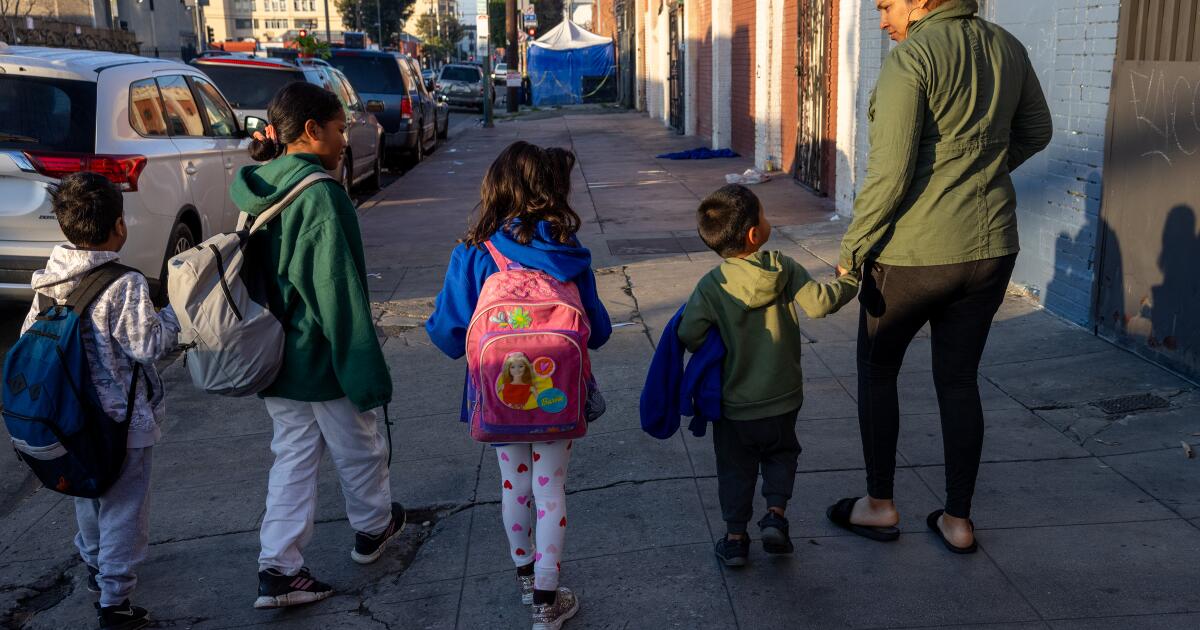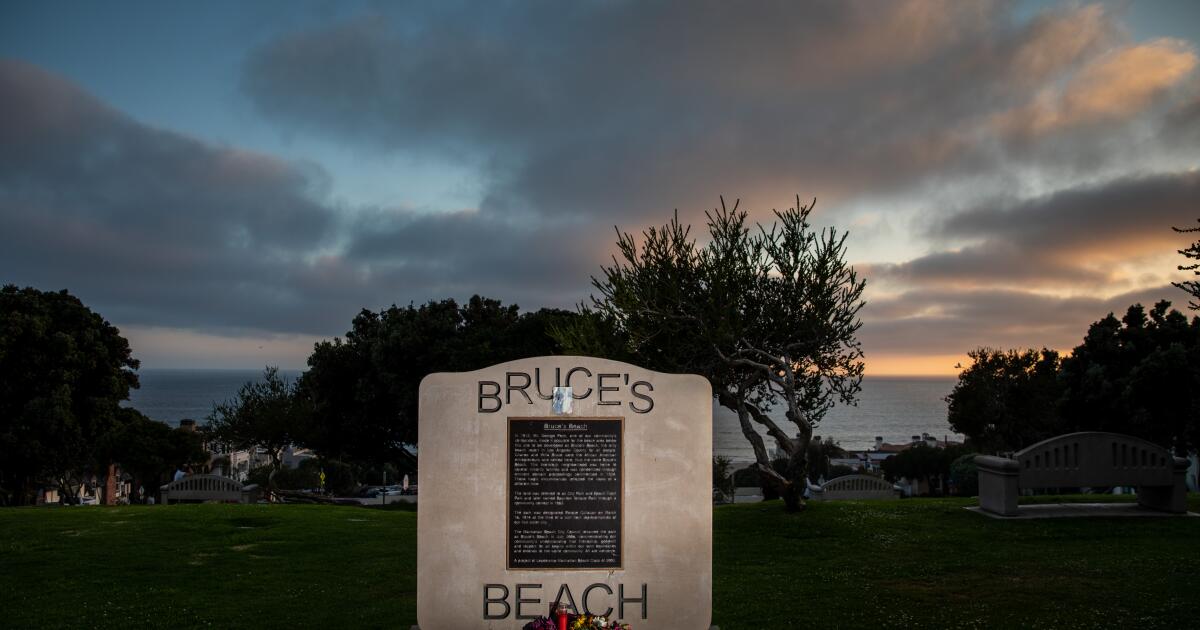
Families displaced from California neighborhood seek $2B
Associated PressPALM SPRINGS, Calif. — As a child, Lawrance W. McFarland lived on a small piece of land on a Native American reservation in Palm Springs he described as a “little world of its own,” surrounded by the parts of the city that were tourist magnets and depicted in movies. Decades later, Palm Springs’ city council is reckoning with those actions, voting in 2021 to issue a formal apology to former residents for the city’s role in displacing them in the 1960s from the neighborhood that many Black and Mexican American families called home. Palm Springs officials expect to work with a “reparations consultant” to decide whether and how to compensate the families displaced from the area, said Amy Blaisdell, a spokesperson for the city, in an email. Lisa Middleton, a city council member and former Palm Springs mayor, said it was important to acknowledge the city’s role in displacing Section 14 residents. “But it also includes some moments for which we have every reason to be remorseful, to learn from those mistakes and to make sure that we do not pass those mistakes onto another generation.” But the story of displacement at Section 14 is more complicated than some people may realize, said Renee Brown, associate curator and archivist for the Palm Springs Historical Society.
History of this topic
Palm Springs officials approve $5.9M to pay Black and Latino families displaced from neighborhood
Associated Press
California town's $6M reparations deal with black and Latino families
Daily Mail
California town agrees to $6 million reparations deal with black and Latino families of neighborhood razed in the 1960s
Daily Mail
Palm Springs to pay $5.9 million to Black and Latino families over razed homes
LA TimesBlack and Latino families displaced from Palm Springs neighborhood reach tentative settlement
Associated PressDiscover Related



































